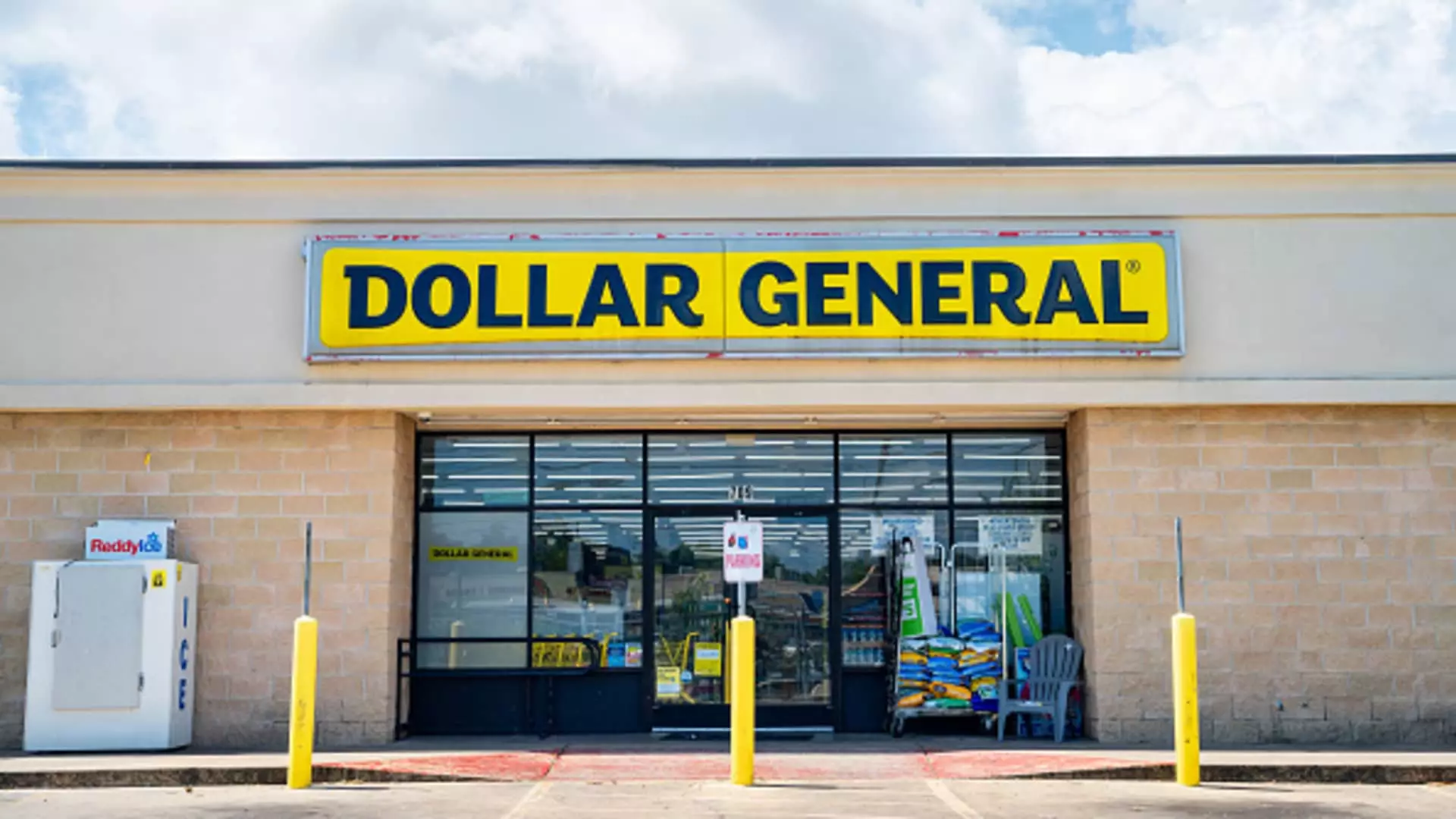In a candid revelation on Thursday, Todd Vasos, the CEO of Dollar General, painted a stark portrait of the economic climate affecting the retail giant and its core clientele. The persistence of inflation has not merely been an inconvenience; it has decimated the purchasing power of everyday consumers, leaving them scrambling to prioritize basic needs. For many, this means making painful sacrifices even on what were once considered essentials. As they navigate this challenging terrain, it becomes evident that the economic landscape will not show signs of recovery anytime soon, at least not in 2024.
Understanding the Core Customer’s Plight
Dollar General’s customer base, which is predominantly low-income, continues to be strained by economic hardships. This demographic isn’t just experiencing stagnation; they’re trapped in a cycle of ever-tightening budgets. Vasos mentions that many are becoming more resourceful, yet this narrative often overlooks the underlying struggle to make ends meet. The acknowledgment of customers adapting to high inflation could be interpreted as a positive spin, but the reality is that these adaptations are merely coping mechanisms in a precarious financial situation.
The Shadow of Political Decisions
Vasos expressed concerns about how government actions, particularly tariffs introduced during Donald Trump’s administration, could exacerbate the situation. When tariffs were previously imposed, the implications were felt acutely at the checkout register, as Dollar General and similar retailers were forced to increase prices. Now, more than ever, the notion of corporate resilience is tested against the backdrop of uncertain political landscapes. Is it fair for companies like Dollar General to shoulder this burden while consumers remain vulnerable, caught in the crossfire of political decision-making?
Financial Metrics Reveal a Bleak Outlook
The company’s recent financial report laid bare the challenges ahead, with a growth in same-store sales that might seem optimistic on paper at 1.2%. However, this metric hides a troubling truth: the growth is solely derived from higher average transaction values amidst declining customer foot traffic—a sign of economic duress. A decrease of 1.1% in traffic reflects a dwindling consumer base who no longer feel confident enough to spend even at low-cost retailers. Is this trend a precursor to further closures or a wake-up call for a retail model that must evolve to survive in a harsher economic climate?
Strategic Downsizing or Indication of Failure?
As part of its strategy, Dollar General announced the closure of 96 stores and the conversion of others, hinting at a realignment of its business model. While one could argue that such moves are strategic repositionings, they could also signal an alarming recognition that the current landscape is unsustainable. The decision to shutter stores suggests that not all market segments are thriving, despite the superficial recovery hinted at by share price movements.
The pronounced decline in customer traffic, coupled with the company’s efforts to adapt to the challenges presented by inflation and economic uncertainty, beckons a deeper examination of retail dynamics. Instead of simply shifting with the winds of economic change, Dollar General and similar retailers must confront the reality that their survival depends on more than just lowering prices—they require a nuanced understanding of their consumers’ lived experiences.

